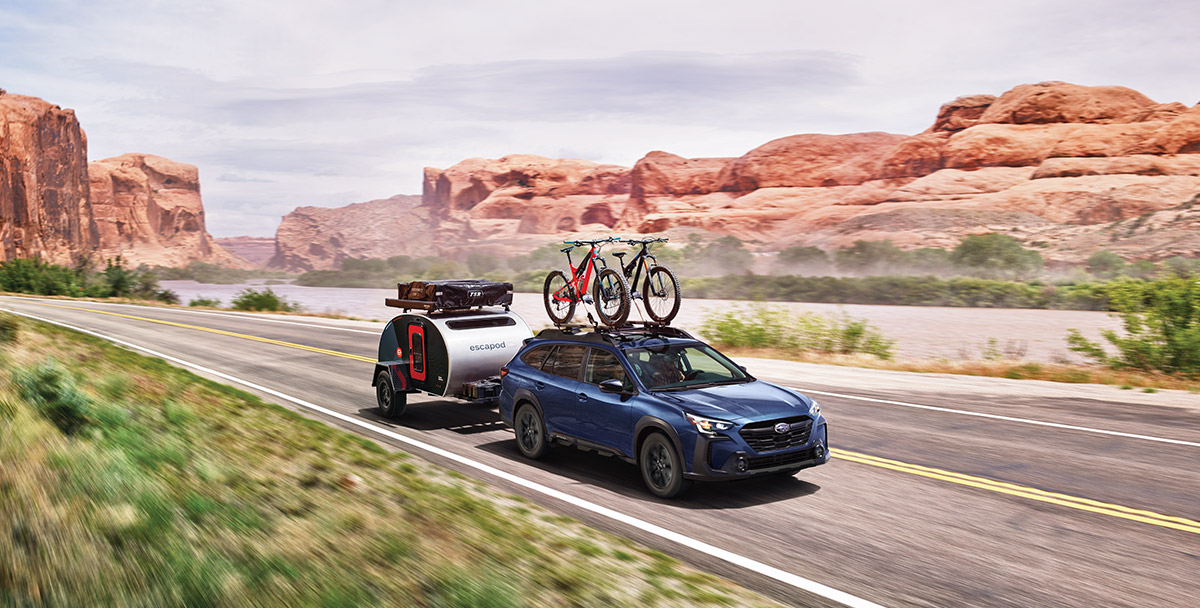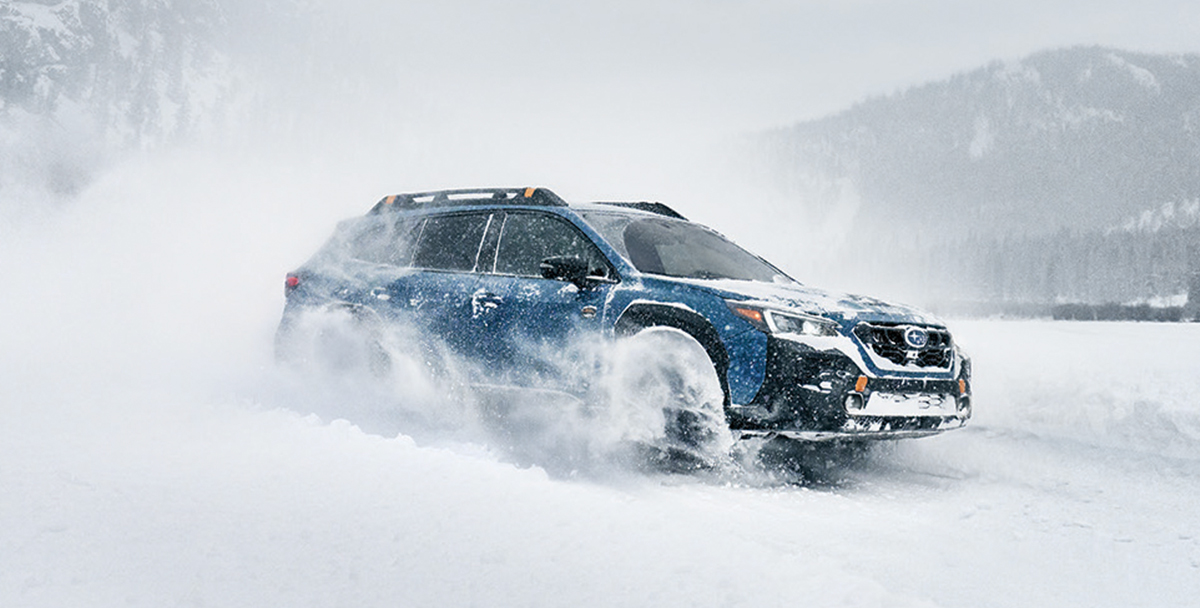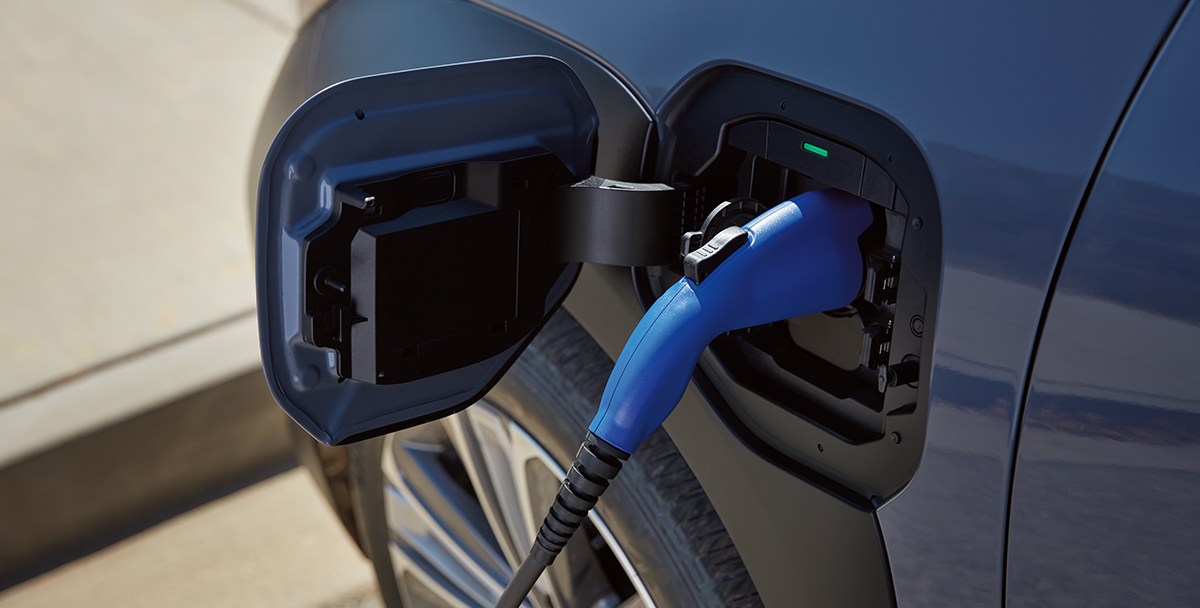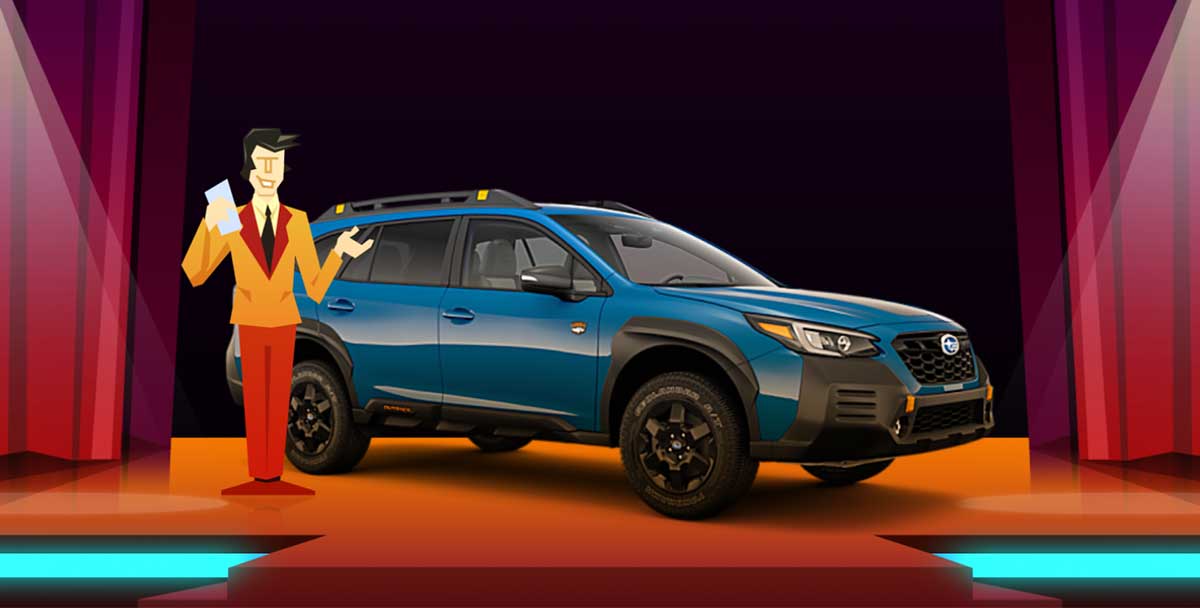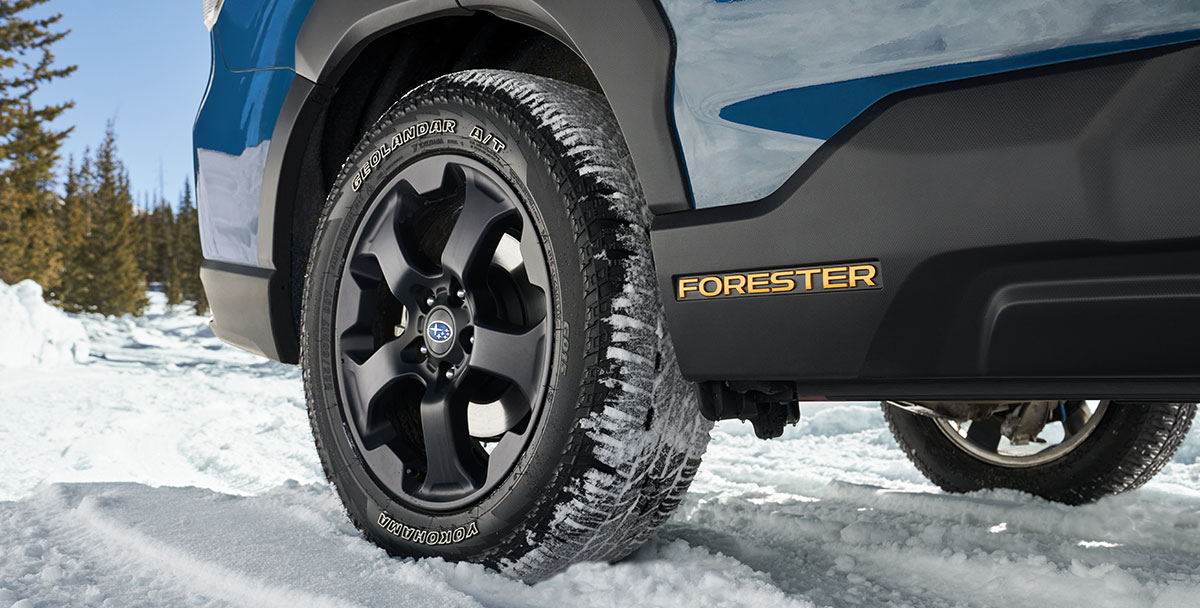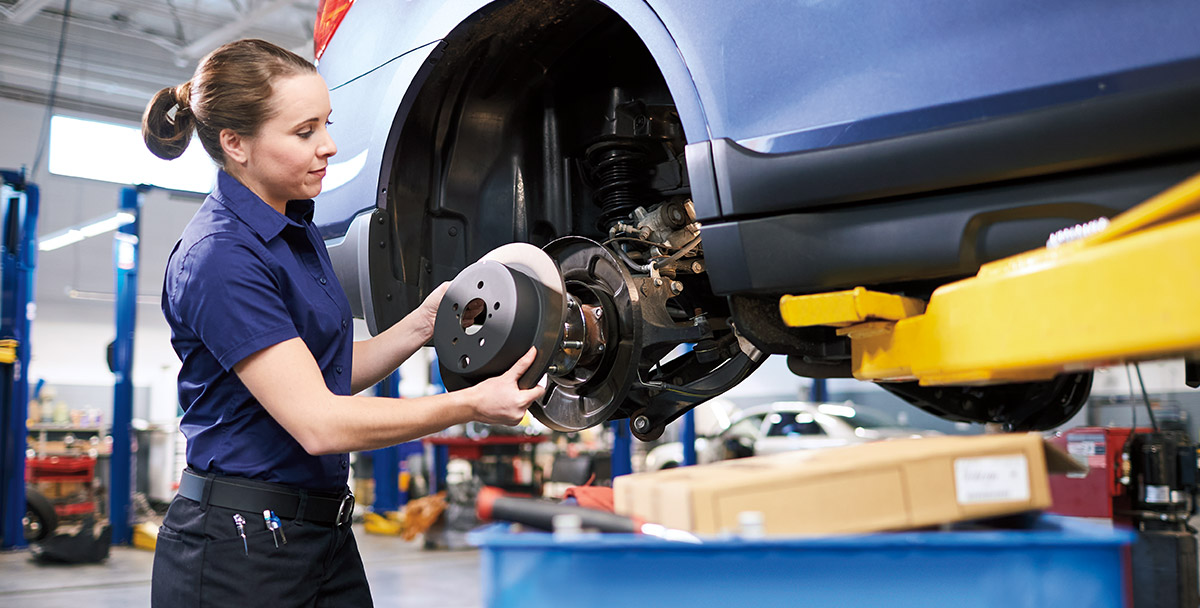As an investigative journalist who’s frequently on the road, I always keep a first-aid kit in my vehicle. I’m trained in wilderness medicine, basic life support and combat casualty care, and my partner is an EMT. Together, we created a kit that packs a lot into a small container, pared down to essentials that don’t require extensive training to use.
Kit Bag With Compartments
Your gear is only useful if you can get to it quickly. I use a bag with several easily identifiable and accessible compartments for equipment related to bleeding, CPR, burns, wound care and splinting, and a separate pouch for medications you may need without delay, such as an EpiPen®.
Mystery Ranch’s Med Lid ($100) is my go-to.
Non-Latex Gloves
Protect yourself from infection by wearing a good pair of gloves as you’re dressing wounds. I pack several pairs of Black Talon® gloves ($40) in a variety of sizes. They’re non-latex to avoid any potential allergic reaction.
Personal Medications
If you carry an EpiPen, glucagon or other personal medications, these should also be in your kit.
Eye Shield and Irrigation
These can help flush a foreign object out of the eye and protect an injured eye. Look for a bottle of solution specifically indicated for eyes, such as Bausch + Lomb Advanced Eye Relief®Eye Wash ($4/4 ounces), and a polycarbonate shield, such as the MARCH™ Polycarb Eye Shield ($5.50) that you can tape over an injured eye while you travel to get a higher level of care.
Burn Dressings
Burns can happen if you accidentally touch a hot engine or radiator or when you’re lighting a campfire. Silverlon® Burn Wrap Dressings ($140+) are made from nylon plated with silver, which releases ions to help keep a burn moist and infection-free. They can be worn for a week, which is great if you are in the backcountry.
SAM® Splint
This bendable, foam-padded aluminum splint ($2.50-$15) can be used to support a broken or fractured limb or finger. It can be secured with medical tape.
Gauze and Medical Tape
Non-adherent Telfa™ dressings ($21/pack of 100) won’t disrupt healing by sticking to a wound – ideal for injuries like road rash. However, they’re not absorbent, so they don’t work for every injury.
I also bring a few 4-by-4-inch gauze pads for small wounds, such as a skin laceration. Get some cloth medical tape to hold down this and other dressings.
Antiseptic Wipes
Use these for cleaning up and sanitizing when soap and water are not available. VioNex™ ($12/box of 50 wipes) is a good brand.
Triangle Bandages
Also called cravat bandages, these triangular pieces of cloth are hugely versatile. You can wrap and pin them (they come with safety pins) for use as a sling, a dressing, a splint and even a face mask.
Dynarex ($10/pack of 12) is one brand, but these types of bandages are available at most pharmacies under various brand names.
Canine Care
If you travel with your pup, it’s a good idea to carry a separate first-aid kit packed with dog-care items. Drive has put together recommendations for a dog-friendly first-aid kit.
Ouchie Kit
I carry a little “ouchie” kit for smaller injuries, made up of items available at any pharmacy for less than $10 each.
Mine includes a vomit bag, Band-Aids®, Tylenol® and aspirin (don’t give aspirin to people who are bleeding a lot), diphenhydramine for insect bites, bee stings or mild food allergies, an antibiotic ointment such as bacitracin to prevent skin infections, hydrocortisone cream for rashes, Imodium® for diarrhea, a cold pack for sprains, and adhesive butterfly closures for small wounds.
In Case of Emergency (ICE) Card
Fill out an ICE card with any medications you take or conditions you have. The American Red Cross, which uses the term “Emergency Contact Card,” offers a downloadable template on its website.
Where To Buy?
It’s tempting to log on to Amazon, but I suggest you don’t as there have been persistent issues with fake medical gear.
Chinook Medical, North American Rescue®, Rescue Essentials and Integrated MedCraft are trustworthy sellers.
Step Up Your Kit
Consider this as a starting point. The next step: Sign up for a few basic first-aid classes and add items such as hemostatic gauze, tourniquets and chest seals to your kit. You can start with a free Stop the Bleed® course and build from there. Learn more at stopthebleedcoalition.org.
